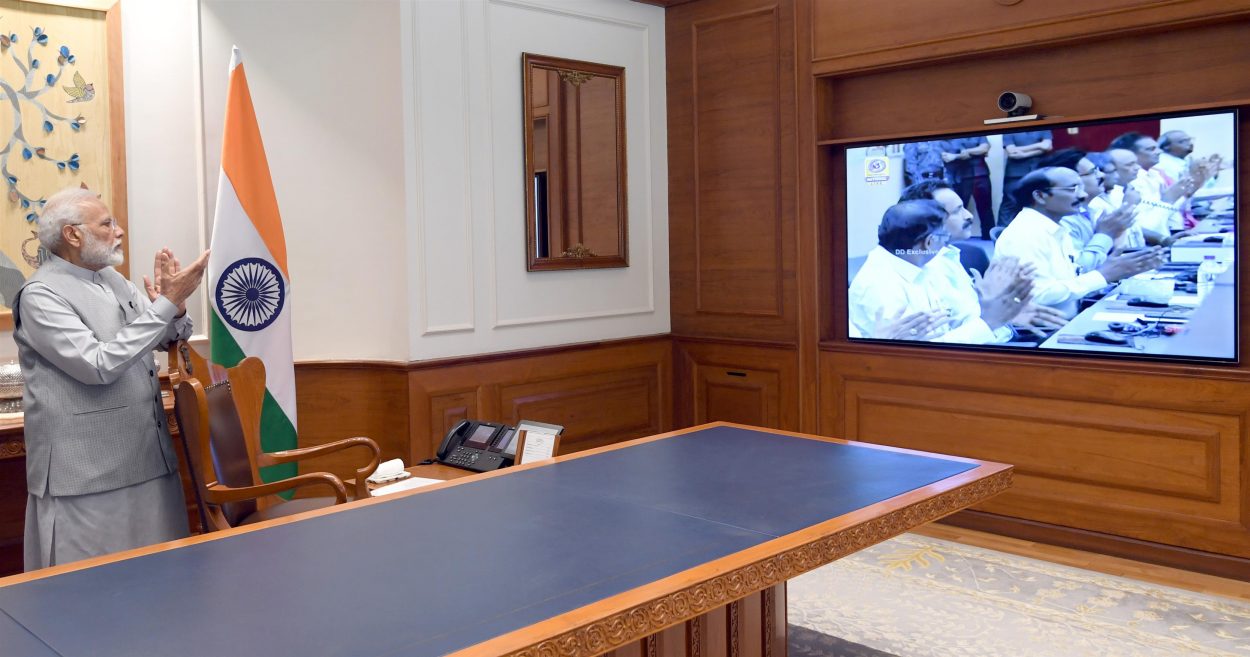Opposition parties need a cohesive framework to be a viable alternative to the BJP
It is always easier to agree on the ends than on the means. Opposition parties that came together at the Kolkata rally hosted by Trinamool Congress leader Mamata Banerjee had a commonality of purpose — defeating the Bharatiya Janata Party. But little else. To share a dais and hold hands is one thing; to share seats and work in tandem is quite another. Even so, for over 20 parties, big and small, some with overlapping support bases, to come together on one platform is in itself remarkable. It is the dominance of the BJP under Prime Minister Narendra Modi beginning with the 2014 Lok Sabha election that has forced these parties to yoke themselves together. Alliances that had seemed impossible just a year ago, such as those between the SP and the BSP in Uttar Pradesh, the TDP and the Congress in Andhra Pradesh, and the Congress and the JD(S) in Karnataka now have a settled look. The Trinamool and Ms. Banerjee have also shifted positions to move toward the formation of a national-level alternative to the BJP, giving up the idea of a federal front of regional parties opposed to both the Congress and the BJP. The federal front was essentially the brainchild of the TRS founder K. Chandrasekhar Rao, who could not countenance being part of a front that included his principal rival, the Congress. Ms. Banerjee, who seemed warm to the idea initially, was quick to realise such a formation would be unable to mount a serious challenge to the BJP. In terms of optics, the Kolkata rally was a show of strength for Ms. Banerjee. At the same time, it seems to have imparted a fresh impulse to the efforts to put together a viable, if not entirely cohesive, alternative to the BJP.
However, though all these parties are agreed on flushing out the BJP, there is still the issue of reaching agreements at the State level, and arriving at a consensus on a common manifesto of policies and programmes. The SP and the BSP have agreed on seat-sharing but have not accommodated the Congress; also, negotiations with another ally, the RLD, are yet to conclude. The Congress and the JD(S) are partners in government, but their vote banks overlap geographically. Seat-sharing is likely to be akin to navigating a minefield. There is also no telling how an alliance between the Congress and the TDP, bitter rivals hitherto, will work on the ground. Besides, the support bases of these parties are varied socio-economically, and without a shared agenda for governance the political unity at the leadership level might be difficult to sustain. Therefore, it was perhaps no surprise that the rally avoided the contentious issue of naming a prime ministerial candidate, leaving the issue to be decided after the election. The Opposition parties may have made a good start, but there is much they need to settle among themselves to mount a serious challenge in 2019.
Categories: Varsha's Pick




